RedWylder
TPF Noob!
- Joined
- Feb 14, 2011
- Messages
- 255
- Reaction score
- 24
- Location
- Alaska
- Can others edit my Photos
- Photos OK to edit
I've reviewed the tutorial thread first and I'm not sure I found what I'm looking for. I just recently bought my first TTL flash and I'm wanting to learn how/when to use it. I could try taking pictures of everything with the flash to see how it helps but something tells me this is the long way around learning.
Sooo where do I begin? What would be something/somewhere to start to help me learn. I should mention that I'm not ready to learn OCF as I have no way to use it off camera yet and probably wont for a little while. With all the new equipment I just bought, my head is overflowing with all the information and I'm feeling overwhelmed. Can someone help break it down a little bit so I can get started?
Sooo where do I begin? What would be something/somewhere to start to help me learn. I should mention that I'm not ready to learn OCF as I have no way to use it off camera yet and probably wont for a little while. With all the new equipment I just bought, my head is overflowing with all the information and I'm feeling overwhelmed. Can someone help break it down a little bit so I can get started?



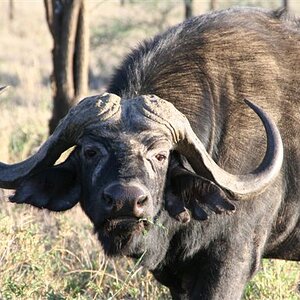
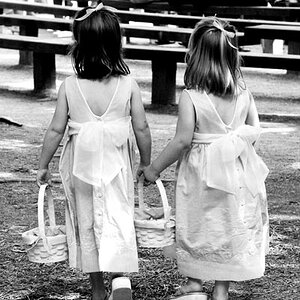
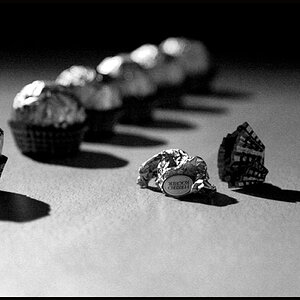
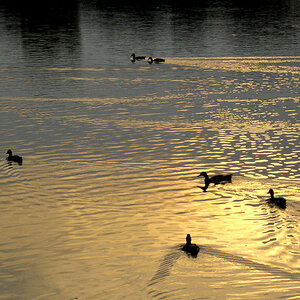
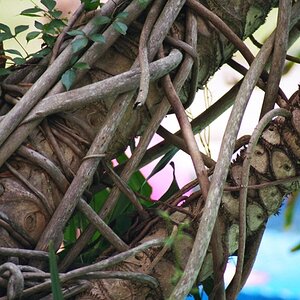
![[No title]](/data/xfmg/thumbnail/38/38749-a4ef503184d13a9c7592221cb44ac5e8.jpg?1619738704)
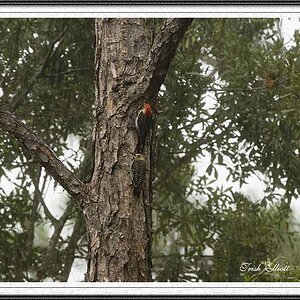
![[No title]](/data/xfmg/thumbnail/38/38747-bbe463248feefb7affb6b5e00efb70c6.jpg?1619738704)
![[No title]](/data/xfmg/thumbnail/38/38750-dbafc867a1461ce200c2405640d537ec.jpg?1619738704)
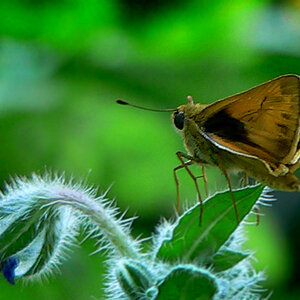
![[No title]](/data/xfmg/thumbnail/31/31049-df2ef80e523fe4368eb8a82e03ad0b90.jpg?1619734587)
![[No title]](/data/xfmg/thumbnail/37/37602-1ef8dbb1c2d0e4ff347ee65d328c3603.jpg?1619738147)